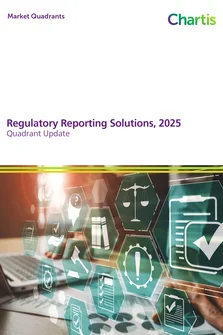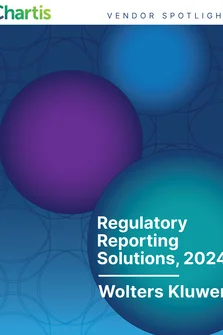<p>The benefits of integrating risk management and finance functions have become all too apparent in the post financial crisis era. Having an integrated single source environment allows organizations to take advantage of the common ground that already exists between risk and finance data. Successful integration helps to streamline reporting and compliance giving financial institutions (FIs) a more competitive edge. Furthermore, they can cost effectively meet increasing demands for data coming from regulators, auditors, ratings agencies and stakeholders.</p>
<p> </p>
<p>FIs are also facing additional strain from the differences in standards, methodologies and enforcement practices among the many local, national and international regulators. In addition, the growing levels and types of regulation are forcing organizations to look for solutions that provide an enterprise-wide perspective of risk, finance, accounting, compliance and performance management.</p>
<p> </p>
<p>Integration is also a response to pressure from regulators and business competitors in particular for a sea change in performance reporting, risk transparency and executive compensation. The change has led to a much greater emphasis on value creation and risk based performance measures such as risk adjusted return on capital (RAROC). The calculation of risk adjusted figures requires input from both the risk and finance functions and is helping to drive integration. Organizations are recognizing the need to measure risk more accurately and calculating the risk adjusted returns on new products to ensure that they are correctly priced.</p>
<p> </p>
<p>Financial institutions developing strategies for integrating their risk management and finance functions should take three key steps for the building, deployment and management of their infrastructure and processes:</p>
<p>• Reduce their reliance on historical factors;</p>
<p>• Integrate and standardize their information systems; and</p>
<p>• Embed risk and financial management information throughout the enterprise.</p>
<p> </p>
<p>Inevitably, integration requires robust technological solutions to support its implementation and management. This report also covers leading practices in the use of technology to enable integration, key attributes of the technology architecture and identifies some of the benefits with sample models and a table of functional requirements. In addition, it covers the competitive landscape, positioning the leading vendors – Algorithmics, Fernbach, FinArch, Fiserv, Kamakura, Misys, Moody’s Analytics, Oracle, Prometeia, SAS, SunGard and Wolters Kluwer. Finally, it also documents two case studies of firms that are integrating their risk and finance functions.</p>
Only users who have a paid subscription or are part of a corporate subscription are able to print or copy content.
To access these options, along with all other subscription benefits, please contact info@chartis-research.com or view our subscription options here: https://www.chartis-research.com/static/become-a-member
You are currently unable to print this content. Please contact info@chartis-research.com to find out more.
You are currently unable to copy this content. Please contact info@chartis-research.com to find out more.
Copyright Infopro Digital Limited. All rights reserved.
As outlined in our terms and conditions, https://www.infopro-digital.com/terms-and-conditions/subscriptions/ (point 2.4), printing is limited to a single copy.
If you would like to purchase additional rights please email info@chartis-research.com
Copyright Infopro Digital Limited. All rights reserved.
You may share this content using our article tools. As outlined in our terms and conditions, https://www.infopro-digital.com/terms-and-conditions/subscriptions/ (clause 2.4), an Authorised User may only make one copy of the materials for their own personal use. You must also comply with the restrictions in clause 2.5.
If you would like to purchase additional rights please email info@chartis-research.com


